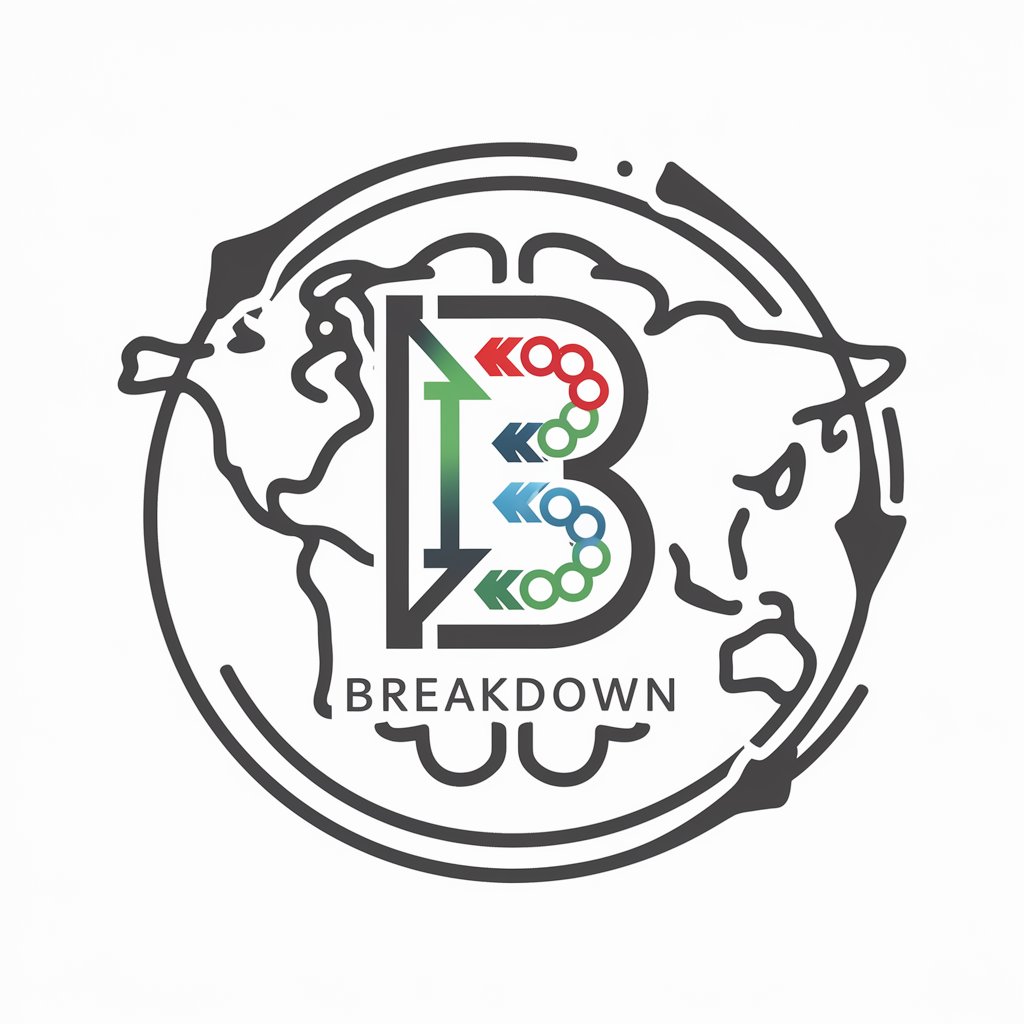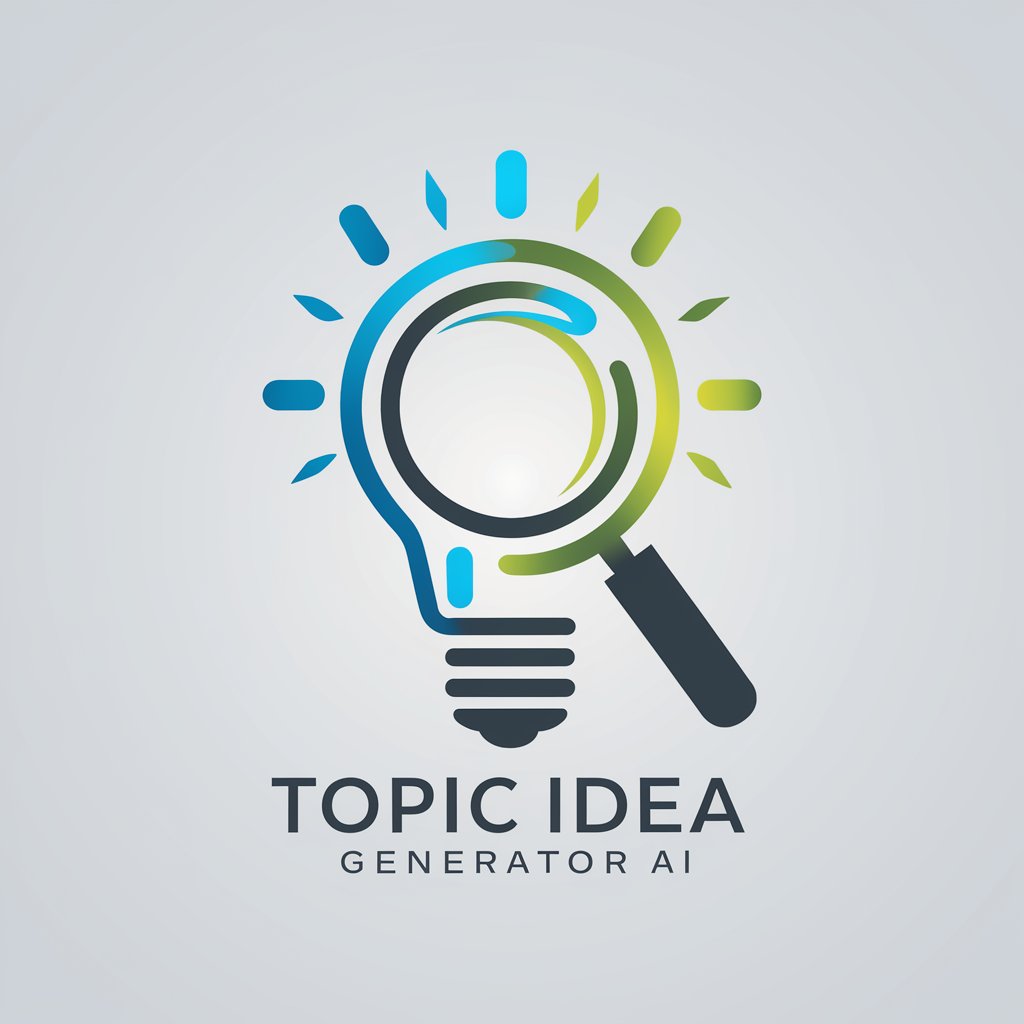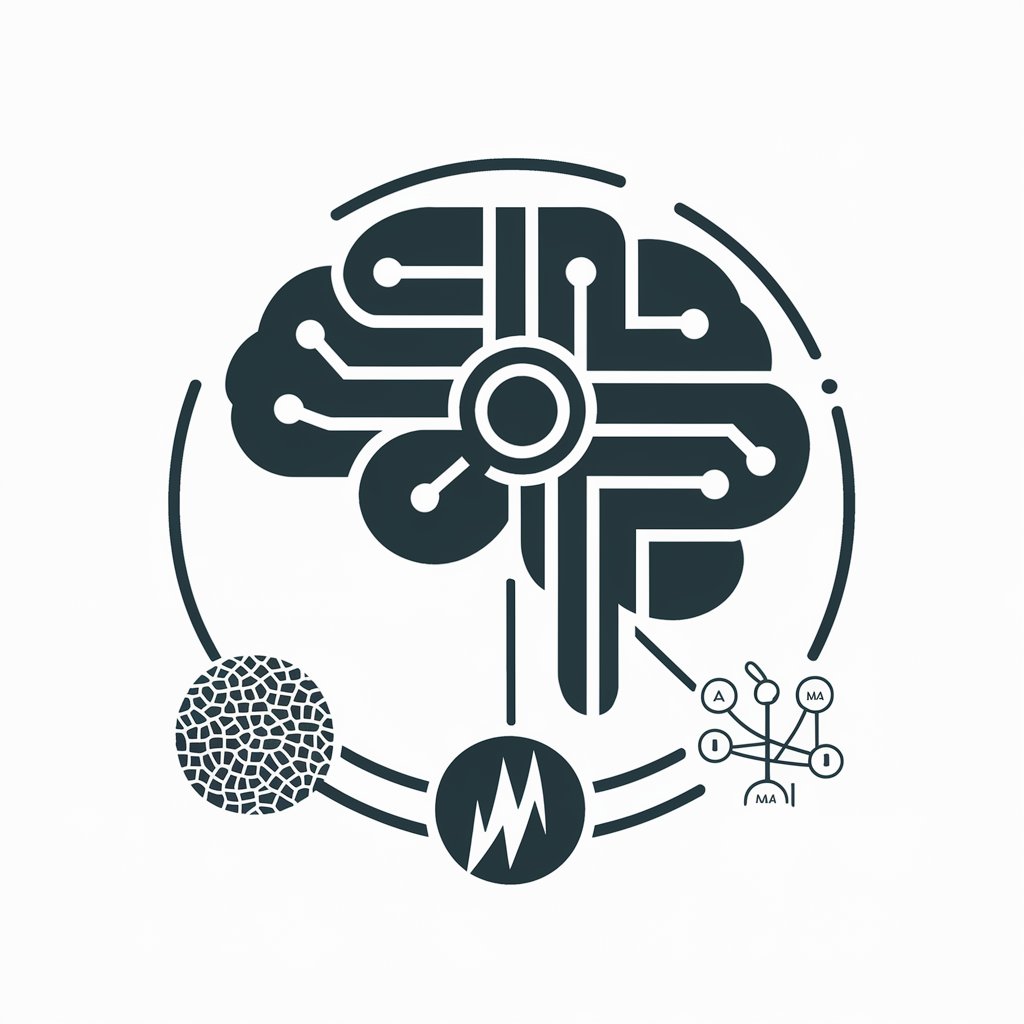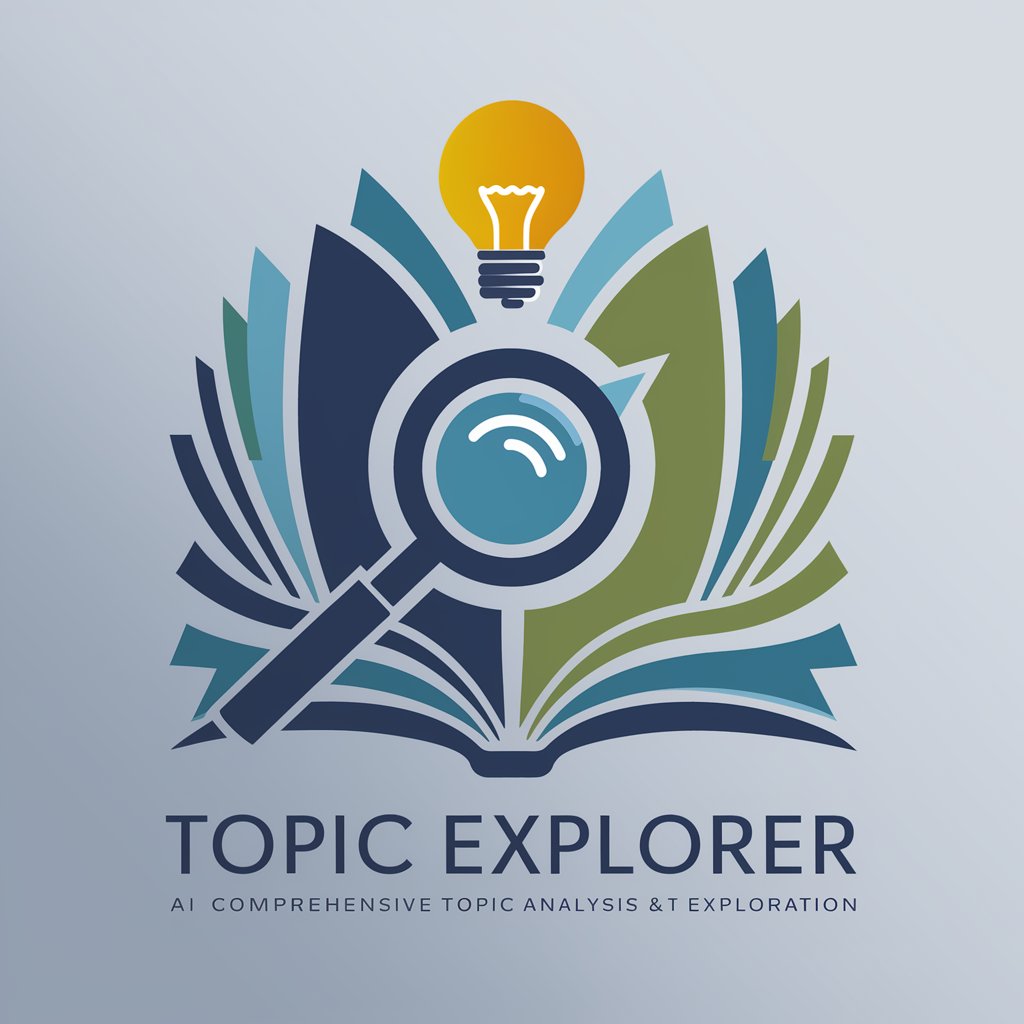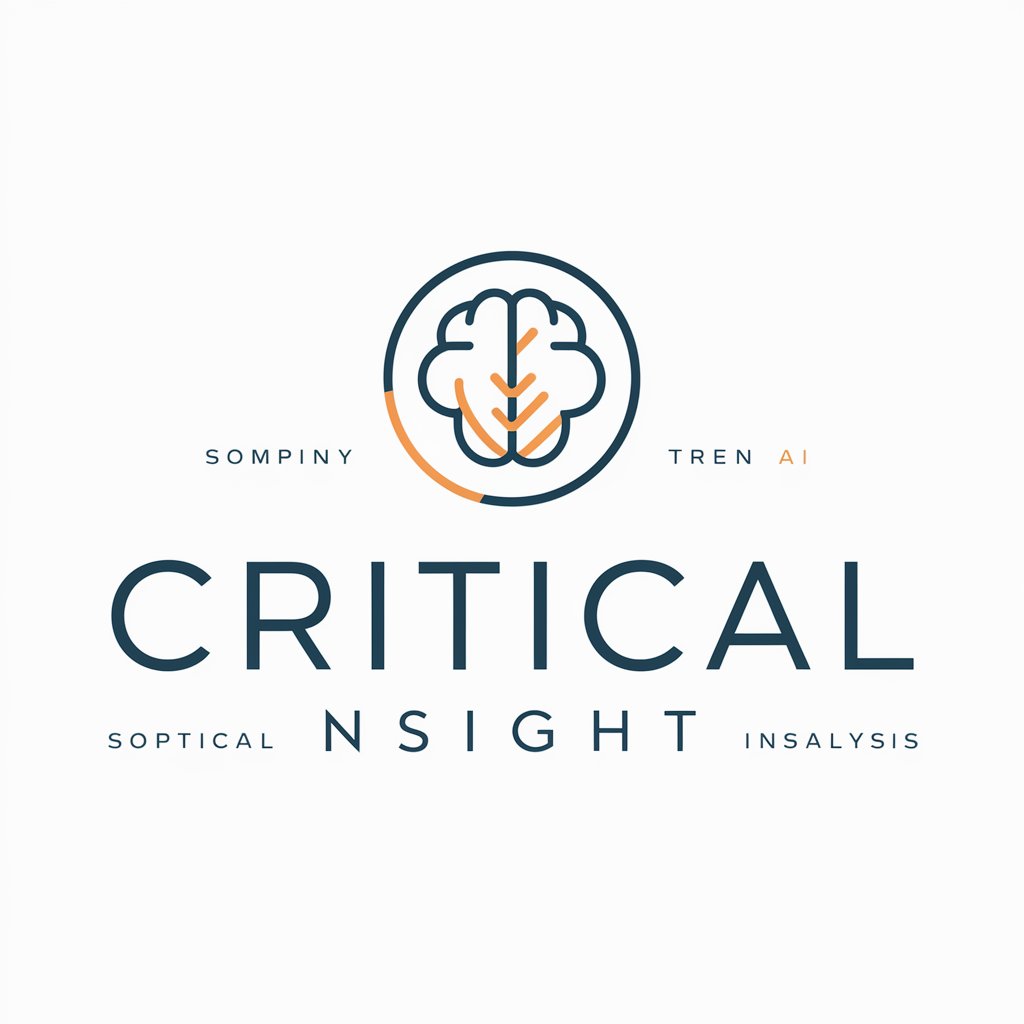
INSIGHT TO TOPIC +BROAD THEME, SUB-THEMES - Insightful Topic Categorization
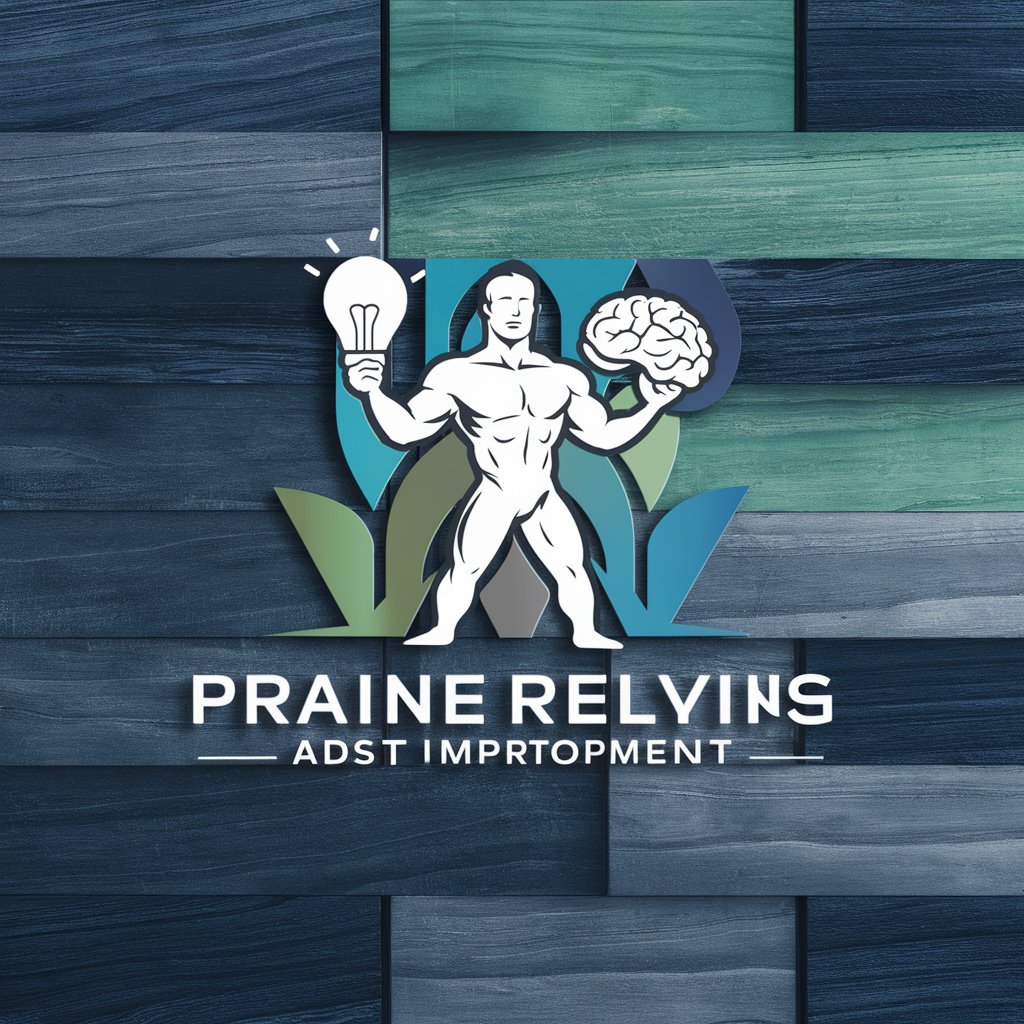
Hi! Let's organize your knowledge.
AI-driven Insight Categorization Tool
What is the main idea behind...
How can I categorize...
Can you help me understand...
What are some key points about...
Get Embed Code
Understanding INSIGHT TO TOPIC +BROAD THEME, SUB-THEMES
INSIGHT TO TOPIC +BROAD THEME, SUB-THEMES is a specialized configuration of a language model designed to assist users in analyzing and categorizing text into specific themes and sub-themes. Its primary function is to help users organize their personal knowledge data efficiently. For example, if a user submits text about personal growth, this GPT can identify the main themes, suggest broad topics under which the text can be categorized, and provide a structured way to organize similar insights. Powered by ChatGPT-4o。

Main Functions of INSIGHT TO TOPIC +BROAD THEME, SUB-THEMES
Text Analysis
Example
Analyzing a journal entry to determine its central theme, such as self-improvement or masculinity.
Scenario
A user inputs a reflective piece on their experiences with leadership training. The GPT processes this text, identifies it as part of 'Self Improvement' under 'Social Skills | Influence | Leadership', and suggests potential broader topics like 'Effective Leadership Techniques'.
Categorization
Example
Sorting insights into broader thematic categories like Self Improvement, Masculinity, or Masculine Improvement.
Scenario
When a user enters a note about the benefits of no fap, the system categorizes it under 'Masculine Improvement', specifically into 'Semen Retention | No Fap | Monk Mode', helping the user organize their data related to personal discipline.
Topic Suggestion
Example
Generating broad topics for categorized insights to help users build structured knowledge bases.
Scenario
After determining the sub-theme for a set of insights on financial independence, the GPT offers broad topics like 'Paths to Financial Freedom', enabling the user to organize various financial tips under a unified category.
Ideal Users of INSIGHT TO TOPIC +BROAD THEME, SUB-THEMES
Personal Development Enthusiasts
Individuals focused on self-improvement and personal growth who collect various insights and advice on enhancing their skills, well-being, and life strategies.
Life Coaches and Educators
Professionals who need to organize educational or motivational content into structured themes for teaching or coaching purposes, enabling efficient retrieval and use of the material in their sessions.
Researchers in Social Sciences
Researchers who gather qualitative data on themes like masculinity or self-improvement and require tools to analyze and categorize their findings systematically for academic writing or publication.

How to Use INSIGHT TO TOPIC +BROAD THEME, SUB-THEMES
1
Go to yeschat.ai for a no-login, free trial.
2
Choose a specific theme you're interested in, such as Self Improvement or Masculinity.
3
Input your text or notes into the system to analyze and categorize them according to the selected theme.
4
Review the suggested categories and sub-themes, then refine or adjust as needed to best match your insights.
5
Use the organized data for further study or integration into your projects, such as articles, presentations, or learning materials.
Try other advanced and practical GPTs
Application Builder
Empowering AJAX calls with AI-driven insights.

Application Ace
Enhancing Your Job Applications with AI

Application Assistant
Empowering Your Academic Journey with AI

Creative Canvas
Ignite your creativity with AI-powered prompts

kanva
Creativity Unleashed with AI

Career Canvas
Empowering Your Career with AI

Rule Caddy: Disc Golf
Master the Rules with AI

Long Beach Politics AI
Powering Political Understanding

SlidesGPT
Craft engaging presentations with AI
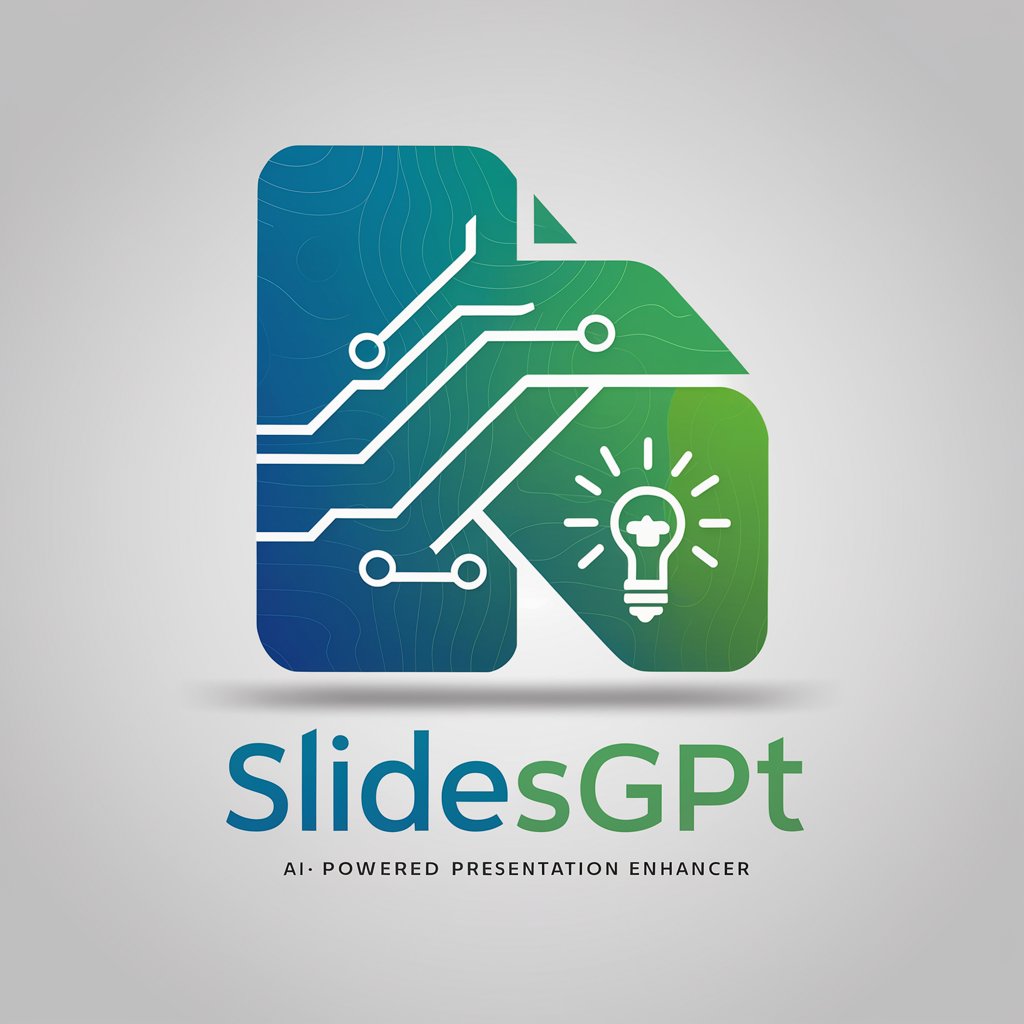
Spell Checker GPT
Precision in Every Word
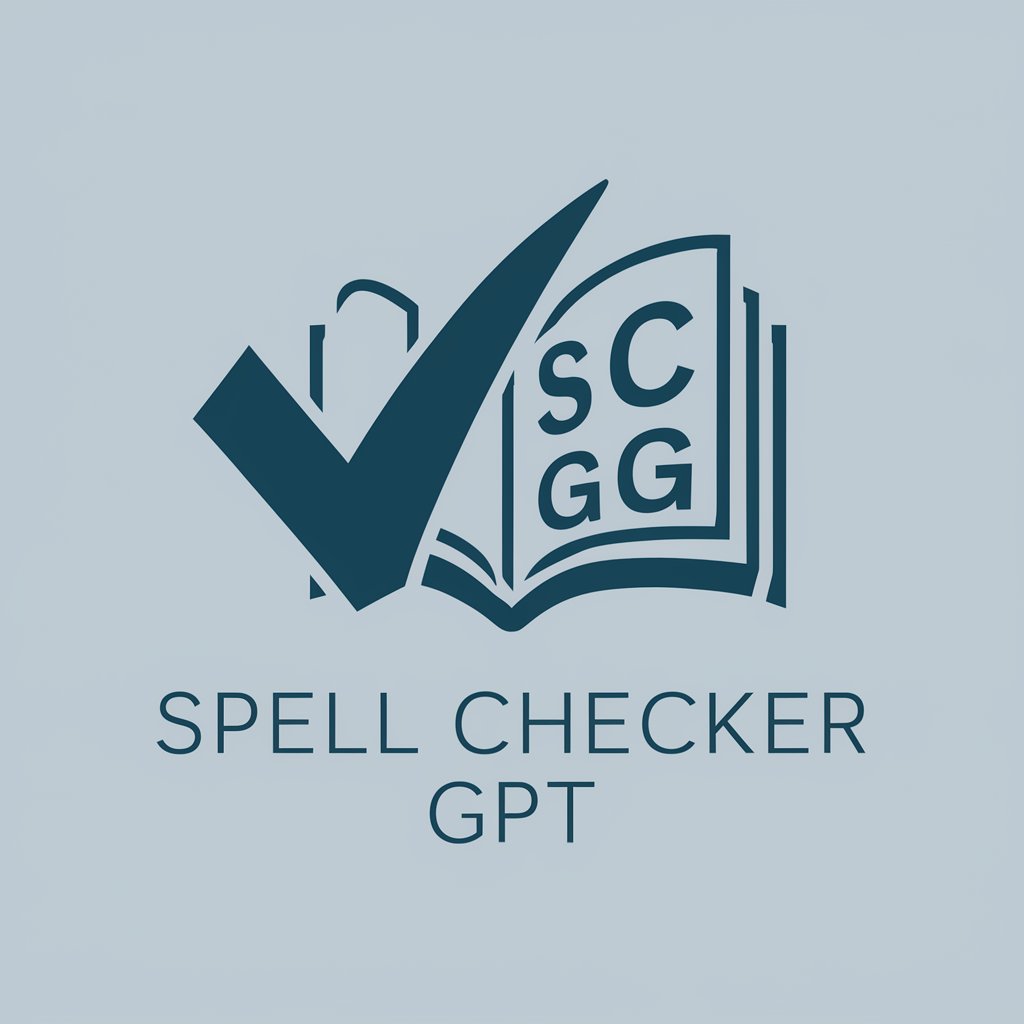
Spell Check and Grammar Fixer - GPT Simplified.
Empower Your Writing with AI
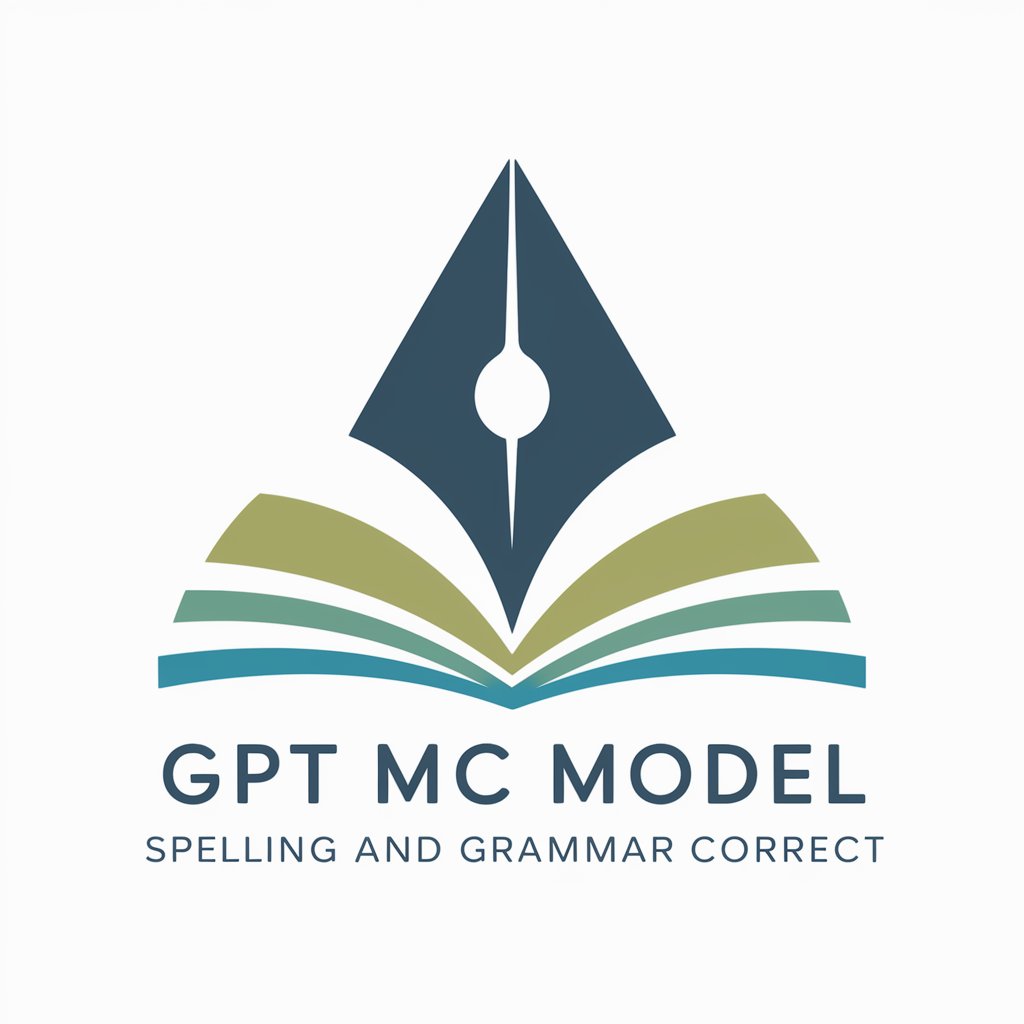
Indian Agri Scheme Advisor
AI-powered Agriculture Scheme Navigator

Detailed Q&A on INSIGHT TO TOPIC +BROAD THEME, SUB-THEMES
What is INSIGHT TO TOPIC +BROAD THEME, SUB-THEMES designed to do?
It is designed to organize personal knowledge data into thematic categories, helping users to analyze and structure their insights more effectively.
Can I use INSIGHT TO TOPIC +BROAD THEME, SUB-THEMES for academic research?
Yes, it's perfect for academic research, as it helps to categorize research notes and insights into clear thematic areas, making literature reviews and data analysis more structured.
How does the tool handle different themes and sub-themes?
The tool categorizes input text based on predefined major themes and sub-themes, such as Self Improvement or Masculine Improvement, ensuring each insight is accurately aligned with relevant categories.
Is there a limit to the amount of data I can input into the tool?
While there may be practical limits based on processing power, the tool is designed to handle extensive text inputs effectively.
What are the most common use cases for this tool?
Common use cases include personal knowledge management, preparation for writing or speaking engagements, and organizing insights for coaching or teaching in thematic areas.
